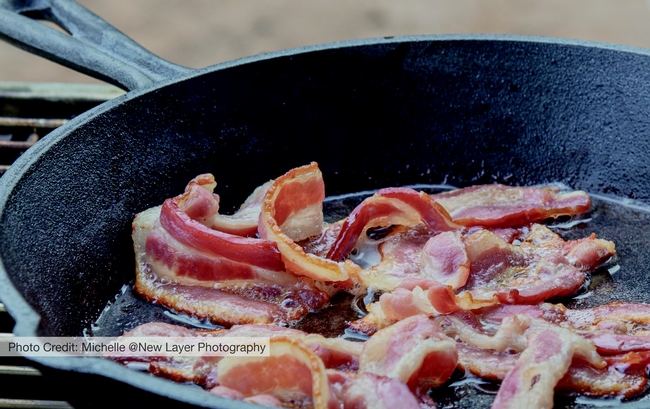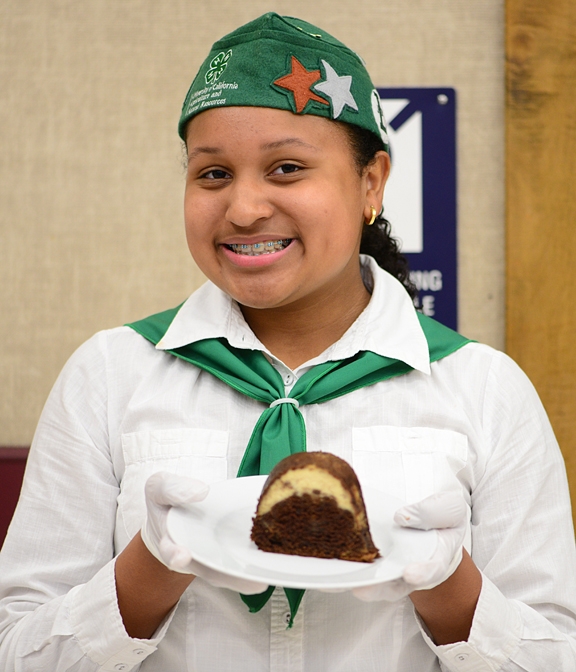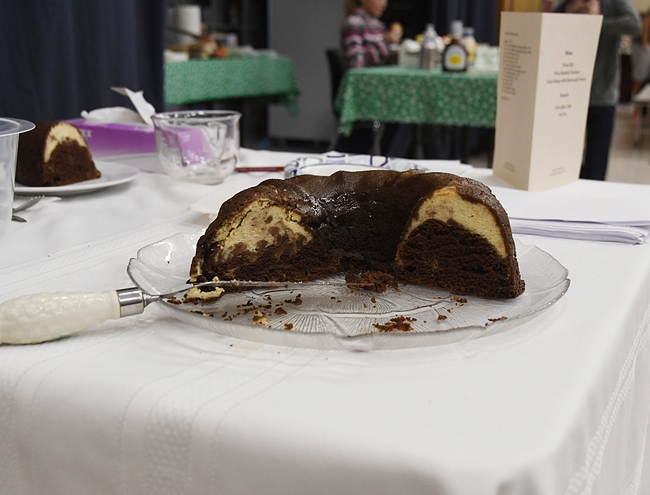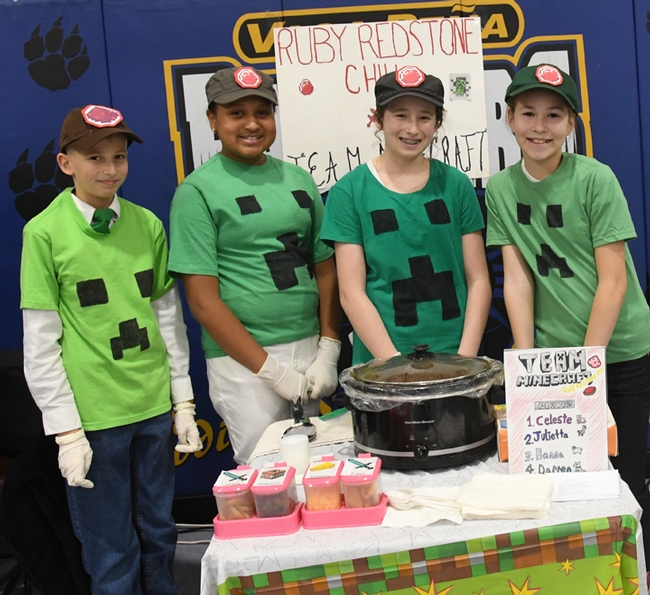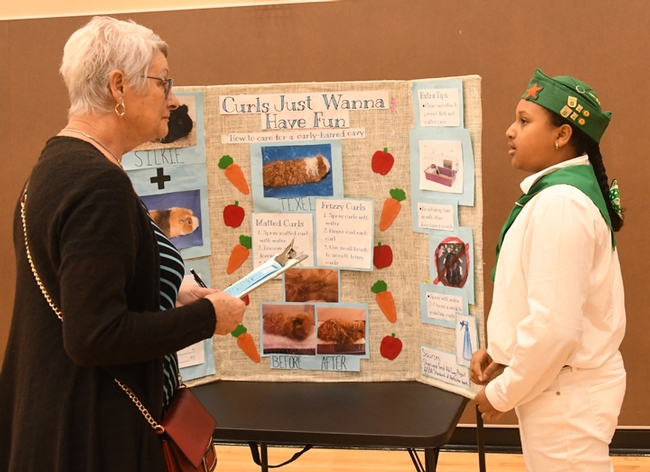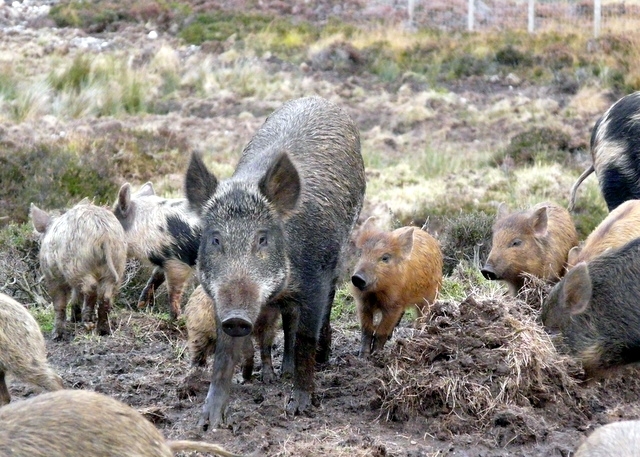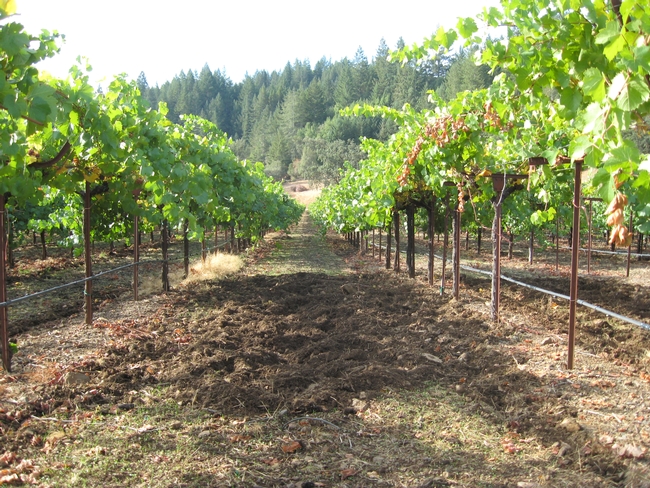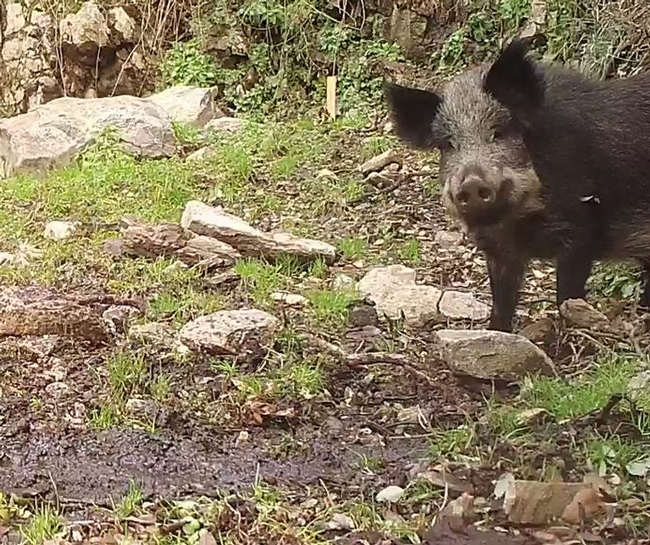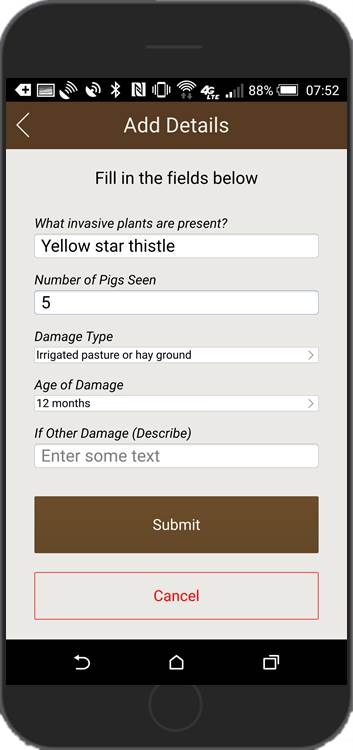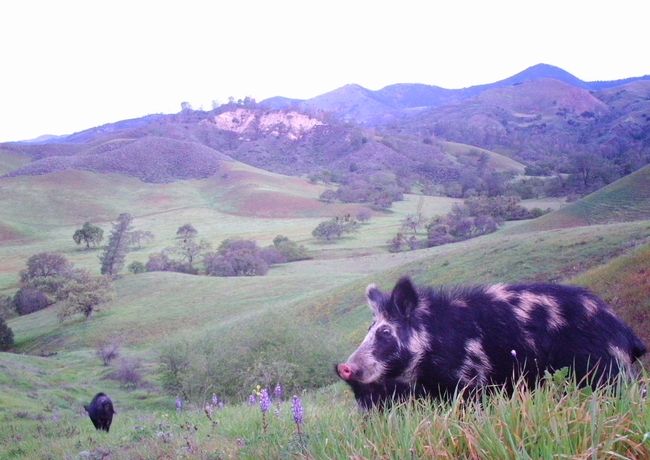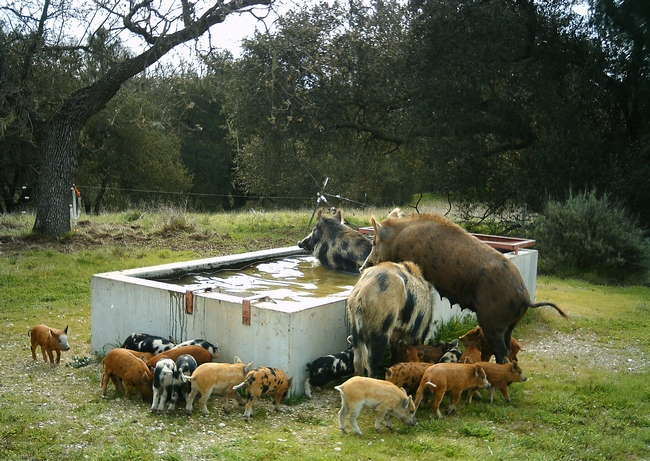Posts Tagged: pigs
Californians will pay more for pork under Prop. 12
The Prop. 12 pork panic is overblown, say UC agricultural economists, but so are the new law's benefits to hogs
California's Proposition 12 will soon require farms to add space for certain farm animals, including breeding pigs, or mother sows. As the January 2022 date for full implementation of Prop. 12 approaches, some pundits warn of upcoming bacon shortages and up to 60% higher pork prices, while others downplay any negative effects on Californians.
What are the real impacts of Prop. 12, which was approved by California voters in 2018?
UC Davis economists estimate that California pork consumers will lose $320 million per year (roughly $8 per person) from the market impacts of Prop. 12. California consumers will pay about 8% more for pork regulated under Prop. 12 and will consume around 6% less of that pork per year.
Co-author Richard Sexton, UC Davis distinguished professor of agricultural and resource economics, noted, “The roughly 9% of North American sows affected will each get about 20% more housing space. But, the additional space will be for those sows that already have more space, not those confined in small individual stalls.”
California's Prop. 12 is now set to be implemented as planned following the 9th Circuit Court's recent rejection of legal challenges. Republican senators from Iowa have proposed federal legislation to stop implementation of Prop. 12, fearing economic damage to their hog farmers, but federal action is unlikely. Meanwhile, Prop. 12 supporters claim that the new regulations will give more space to sows confined to stalls so small that they can't turn around.
Prop. 12 requires each sow whose piglets are raised for uncooked cuts of pork sold in California – about 9% of North American sows – to have a minimum of 24 square feet of space. Because Prop. 12 applies only to sows, not to their offspring who are raised for meat, it will apply to well less than 1% of the 90 million North American hogs.
Around 30% of North American sows are already in group housing with 20 square feet each, rather than confined in stalls. The high cost of converting stalls means that the California pork supply will come from sows already in group housing. “Thus,” said Sexton, “the California Prop. 12 regulations will not help those sows confined in stalls to gain more space and mobility.”
The added costs of 20% more space for group-housed sows that are transitioned to comply with Prop. 12 – plus the costs of segregation, product tracing and new labeling – will cause the cost of regulated pork products in California to rise by about $0.25 per pound. The UC Davis research also indicates almost no change in the prices of pork products sold outside of California.
To learn more about the coming impact of Prop. 12 on California consumers and the North American pork supply chain, read the full article by Ph.D. candidateHanbin Lee, Sexton and distinguished professor Daniel A. Sumner, all in the UC Davis Department of Agricultural and Resource Economics: “Voter-Approved Proposition to Raise California Pork Prices.” ARE Update 24(6): 5–8. UC Giannini Foundation of Agricultural Economics: https://giannini.ucop.edu/filer/file/1629132628/20134.
ARE Update is a bimonthly magazine published by the Giannini Foundation of Agricultural Economics to educate policymakers and agribusiness professionals about new research or analysis of important topics in agricultural and resource economics. Articles are written by Giannini Foundation members, including University of California faculty and Cooperative Extension specialists in agricultural and resource economics, and university graduate students. Learn more about the Giannini Foundation and its publications at https://giannini.ucop.edu.
4-H member is a winner from curly haired cavies to chocoflan
From cavies to chili to chocoflan...
Thirteen-year-old Celeste Harrison, a fourth-year member of the Sherwood Forest 4-H Club, Vallejo, shares her expertise about chili and cavies (guinea pigs), but she's also a pro in the kitchen and at making a dessert called “Chocoflan.”
It's part cake, part flan.
The chocolate dessert recipe originates “from my Great-Aunt Esther and it's what we serve at all our family gatherings,” she said.
It's a winning one, at that. And just in time for Valentine's Day.
Celeste baked the dessert for the recent Solano County 4-H Project Skills Day — where 4-H'ers share what they're learned in their projects — and her presentation and recipe earned a showmanship award, one of seven awarded.
Last year she won a showmanship pin for her project, “Curls Just Want to Have Fun: How to Care for Your Curly Haired Guinea Pig.”
Celeste, a seventh-grader is active in 4-H. She serves as the treasurer of her 4-H club and last year served as a Science, Engineering and Technology (SET) officer in the Solano County 4-H Program. This year she's enrolled in five projects: cavies, poultry, dogs, record keeping and rabbits.
Always eager to learn, Celeste decided to “take dogs, rabbits and poultry so I can learn showmanship,” she said, noting that she competed in the Round Robin Small Animal Showmanship at two county fairs last year but was inexperienced at showing animals other than cavies. So this year's she's set her sights on learning more about them. Her goal: to place first in Round Robin.
No stranger to the kitchen, Celeste served as a member of the Sherwood Forest 4-H Club's Chili Cook-Off team for the last two years in the Solano County 4-H Project Skills Day.
This year, however, she turned from chili to chocoflan. The evaluators loved it! So did the 4-H'ers and their families who sampled it.
Here's the recipe:
Chocoflan Recipe
A bundt pan, deep roasting pan, blender, large bowl and a hand mixer are needed for this recipe.
Ingredients for flan:
A 14-ounce can of sweetened condensed milk
A 7.6-ounce can of Media Crema (light cream)
2 teaspoons vanilla extract
8 ounces of cream cheese
5 eggs
Ingredients for chocolate cake:
2 cups white sugar
1-3/4 cups all-purpose flour
3/4 cup unsweetened cocoa powder
1-1/2 teaspoons baking powder
1-1/2 teaspoons baking soda
1 teaspoon of salt
2 eggs
1 cup milk
1/2 cup vegetable oil
3/4 cup sour cream
2 teaspoons vanilla extract
1/2 cup hot water
Directions:
Put an oven rack in the middle of the oven and preheat to 350 degrees. Coat a bundt pan with cooking oil spray.
Sift flour, salt, baking powder and baking soda in a large bowl. In a separate bowl, combine eggs, milk, vegetable oil, vanilla and cocoa mixture and beat with a hand mixer for two minutes. Add the wet mixture in increments of one cup into flour mixture until thoroughly combined. Stir cocoa powder into hot water until melted and then stir into cake mix and set aside.
In a blender, add in all flan ingredients and blend on high until smooth. Pour cake batter into a bundt pan (make sure surface is level). Pour flan mixture into the cake batter but do not mix (it will sink to the bottom of the bundt pan while in the oven).
Put chocoflan into a large roasting pan and fill the pan with about 2 inches of warm water. Spray a piece of aluminum foil with cooking spray and set it on top of the bundt pan (but do not fold it over the bundt pan.) Bake for one hour and 45 minutes. Remove cake from oven and let cool before inverting it onto a serving platter. Enjoy.
Solano County 4-H Program
The Solano County 4-H Youth Development Program, part of the UC Cooperative Extension Program, follows the motto, “Making the Best Better.” 4-H, which stands for head, heart, health and hands, is open to youths ages 5 to 19. In age-appropriate projects, they learn skills through hands-on learning in projects ranging from arts and crafts, computers and leadership to dog care, poultry, rabbits and woodworking. They develop skills they would otherwise not attain at home or in public or private schools. For more information about Solano County 4-H, contact 4-H program representative Valerie Williams at vawilliams@ucanr.edu.
UC Cooperative Extension to track wild pig damage
UC Cooperative Extension is asking California farmers and landowners to help track the the state's wild pig population, reported Julia Mitric on Capitol Public Radio News. Signs of the pig's presence are hard to miss, UCCE advisor John Harper told the reporter.
"It looks like you came in with a rototiller and just uprooted everything," he says. "It's like ground squirrel mounds or gopher mounds on steroids because the pigs can go over such a large area."
California's wild pigs have a variety of origins. Harper says many are descended from domestic pigs who were released into the wild by humans or escaped on their own and bred with game hogs such as the Russian boar hog. Wild pigs root around in the soil for truffles and small plant roots with their sharp tusks tear, destroying plants and grasses that sheep and cattle like to graze on. They also open up the land for erosion and invasive species.
"So you might get something like 'medusahead,' an invasive grass that tends to crowd out other more desirable forage species," Harper said.
A team of UC Cooperative Extension scientists have created a GIS-based mobile app that works on Android and Apple devices to make it easy for landowners to participate in the study.
“Rangeland managers and farmers can enter data into the app from the field so that we can estimate the land area and economic impacts of feral pig damage over a longer time period,” said Roger Baldwin, UC Cooperative Extension wildlife specialist in the Department of Wildlife, Fish, and Conservation Biology at UC Davis.
Learn more and sign up to participate in the study on the UC Agriculture and Natural Resources news website.
Citizen scientists can help track wild pigs with new UC mobile app
Whether you call them wild hogs, feral pigs, feral hogs, wild boars, Russian boars or Eurasian boars, by any name the hairy beasts are wrecking crews on California lands. In rangelands, forests and farms, wild pigs trample crops, prey on farm animals and rip up soil with their sharp tusks, contributing to erosion.
To assess the extent of wild pig damage to rural property in California, UC Cooperative Extension scientists are conducting a survey of landowners, land managers and farmers statewide. They have created a GIS-based mobile app that works on Android and Apple devices to make it easy to participate in the study.
“Rangeland managers and farmers can enter data into the app from the field so that we can estimate the land area and economic impacts of feral pig damage over a longer time period,” said Roger Baldwin, UC Cooperative Extension wildlife specialist in the Department of Wildlife, Fish, and Conservation Biology at UC Davis.
Here's how it works. To file a report, users take photos of the wild pig damage, describe the damage and note the number of pigs seen. The app will map the acreage and geographic location. Cell service is not required at the site to collect data.
When the user is connected to wi-fi or cell service, the data and photos will be uploaded to the UC Agriculture and Natural Resources server so Baldwin and John Harper, UC Cooperative Extension livestock and natural resources advisor, can analyze the data. Users will be able to see a map of wild pig damage, but to maintain user privacy, private property and user identities are blocked from the general public.
"The goal of the app is to demarcate wild pig damage, ultimately allowing us to relate this data to habitat features present at damage sites to determine the impact that these habitat components have, both on how pigs use the landscape and where damage is most likely to occur,” Baldwin said.
Through the survey, the scientists will gain better insight into the amount of damage that wild pigs cause so they can offer advice to minimize losses.
“The app, especially from a rangeland standpoint, will provide a large data set that will help us calculate acreage damaged,” said Harper, who is based in Mendocino and Lake counties. “Once that is available, we have tools, presently used for fire loss, that will allow us to calculate economic loss of forage due to the pigs. The end user would benefit in knowing that loss and policymakers would benefit from knowing the aggregate economic loss from a managed game animal.”
Wild pig populations and their associated damage are so widespread throughout California that statewide eradication efforts may not be possible, according to Baldwin.
“We probably need to focus our limited resources on managing wild pigs in targeted areas that will provide the greatest benefit,” he said. “Information collected from this app will hopefully allow us to identify these areas, ultimately resulting in more effective and practical management of wild pigs in both agricultural and natural resource landscapes."
The wild pig damage app can be downloaded for free from the App Store and Google Play. Development of the app was funded by the Renewable Resources Extension Act, a program of USDA National Institute of Food and Agriculture.
Although the study is currently focused on California, the app could be adapted to work at a regional, national or international scale. Citizen scientists can also use the app to report wild pig damage they see around the state.
To participate in the wild pig damage project without the app, landowners and ranchers can fill out a short survey at http://ucanr.edu/wildpig2016.
The survey takes about 15 minutes to complete. Individual identities and survey responses will be kept confidential and participation in the survey is entirely voluntary.
Got wild pigs? UC Cooperative Extension wants to hear from you
Wild pigs can spread disease to people, pets and livestock. Leptospirosis, tuberculosis and brucellosis are among more than 30 diseases that wild pigs can spread to humans and livestock. The feral pig species can damage forage and crops and contribute to erosion, which can affect water quality and allow invasive plant species to establish. The boorish boars can also prey on livestock, harassing, injuring or even killing cows, goats, sheep, horses and other animals.
Although anecdotal evidence of wild pig damage has been shared by landowners and farmers, official estimates of porcine damage occurring on agricultural lands are not well defined and are highly variable. To get a more accurate picture of the wild pig problem in California, UC Cooperative Extension is conducting a survey of landowners and ranchers statewide.
“The geographical extent of wild pig damage in California is currently unknown, making it difficult to mitigate and manage losses, and hard to estimate the economic impact on private landowners and public lands,” said John Harper, UC Cooperative Extension livestock and natural resources advisor in Mendocino and Lake counties.
To complement the survey, Harper and Roger Baldwin, UC Cooperative Extension wildlife specialist in the Department of Wildlife, Fish, and Conservation Biology at UC Davis, have developed a smartphone and mobile app that will help landowners and managers identify and record feral pig damage.
“Rangeland managers and farmers can enter data into the app from the field so that we can estimate the land area and economic impacts of feral pig damage over a longer time period,” said Baldwin. “Farmers and landowners who are interested in participating in data collection using our mobile application should fill out the survey and indicate their interest in the app at the end of the survey.”
To participate in the wild pig damage project, landowners and ranchers can fill out a short survey at http://ucanr.edu/wildpig2016.
The survey takes about 15 minutes to complete. Individual identities and survey responses will be kept confidential and participation in the survey is entirely voluntary.
Although wild pigs can be a nuisance in residential areas, this project is currently designed to assess the situation in rural settings.
For more information about the wild pig damage project or to obtain a paper copy of the survey, please contact Harper at (707) 463-4495 or jmharper@ucanr.edu or Baldwin at (530) 752-4551 or rabaldwin@ucdavis.edu.

